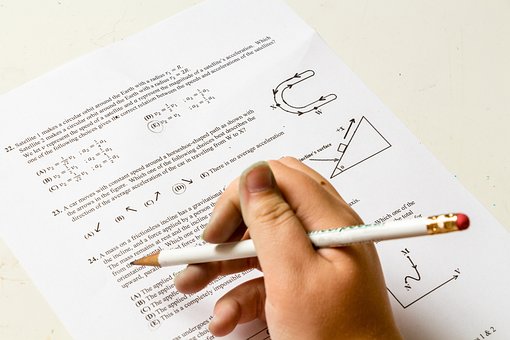 Last night, I began a book on assessment in which the author noted that many students may have decent reading comprehension but they may have difficulty expressing their thoughts in written form so they tend to score lower on normal assessments.
Last night, I began a book on assessment in which the author noted that many students may have decent reading comprehension but they may have difficulty expressing their thoughts in written form so they tend to score lower on normal assessments. In addition, if a student reads at well below grade level, they may not understand what is being asked, so they may not be able to express their answer.
This caused my thinking to extend the the possibility that students who do not read on grade level may struggle to understand most standardized tests they take and the results may not accurately reflect their knowledge. So we might assume they learned less than they actually have. I felt as if I had a big "Ah ha" moment, realizing that most of the sources we use for data driven instruction may not be providing us with accurate assessments.
Fortunately, the author had a suggestion to obtain more accurate results. The author suggested we need to look at alternative ways of assessing so students have a better way of showing what they know. The author suggested using a voice to text feature so they can dictate their answer instead of trying to type or write an answer.
Other suggestions included letting students discuss how they solved a problem using Flipgrid or video instead of providing a written explanation to accompany their solutions. With Flipgrid or a video, they can show the problem, discuss their work to provide the teacher with something to assessment.
This idea would even work with a class project because the students who need this method of assessment, could make a video to insert into the final product. Furthermore, it is possible to pair students who write well with those who do not to produce something to show how they did the work.
If you notice the idea is to find a way for the student to show what they know without requiring a ton of writing so the teacher can determine what they know. Understand, I am not suggesting the teacher throw out all written assessments because most schools use some sort of standardized assessment to show student growth, satisfy state demands to use "their" test, etc.
I am suggesting teachers provide alternative ways of assessment to let students show their knowledge using methods with or without writing. Even those that require writing, students can use voice to text answers, print them off, and contribute that way. Tomorrow I'll be sharing suggestions to assess students using methods that may be used as a more informal assessment.
Let me know what you think, I'd love to hear your thoughts on this topic.


























